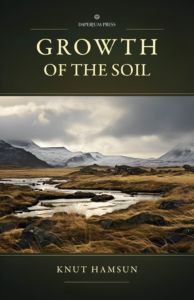
You can buy the Imperium Press edition of Knut Hamsun’s novel Growth of the Soil here.

You can buy the Imperium Press edition of Knut Hamsun’s novel Growth of the Soil here.
2,229 words
If there is a novelist whose work needs a revival, it’s Norwegian author Knut Hamsun. And if there is any novel of his which deserves being revived, it’s Hamsun’s 1917 classic Growth of the Soil.
Since the Second World War, culture leaders in the West have deliberately neglected works of literature deemed politically inconvenient while promoting those that accord more or less with their globalist, Left-wing agenda. This is why stateless iconoclasts such as Franz Kafka are so celebrated these days while reactionary nationalists such as Hamsun are largely forgotten. (more…)
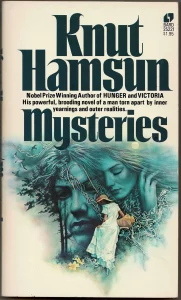
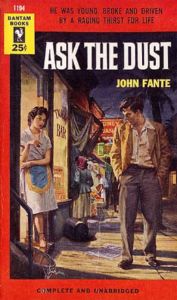
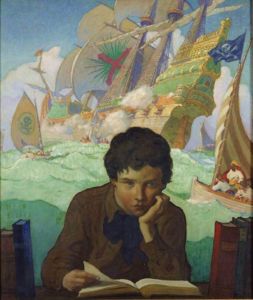
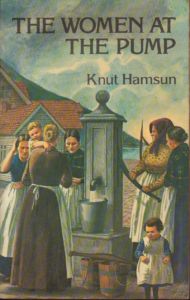
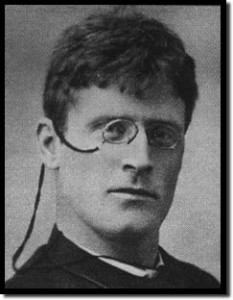
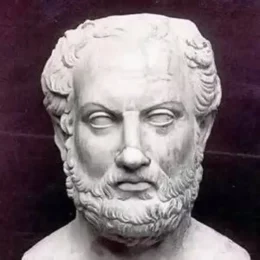
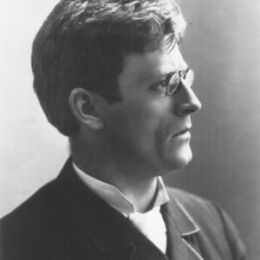

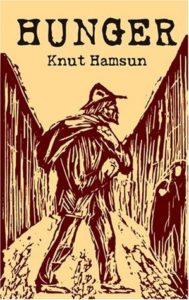 1,058 words
1,058 words